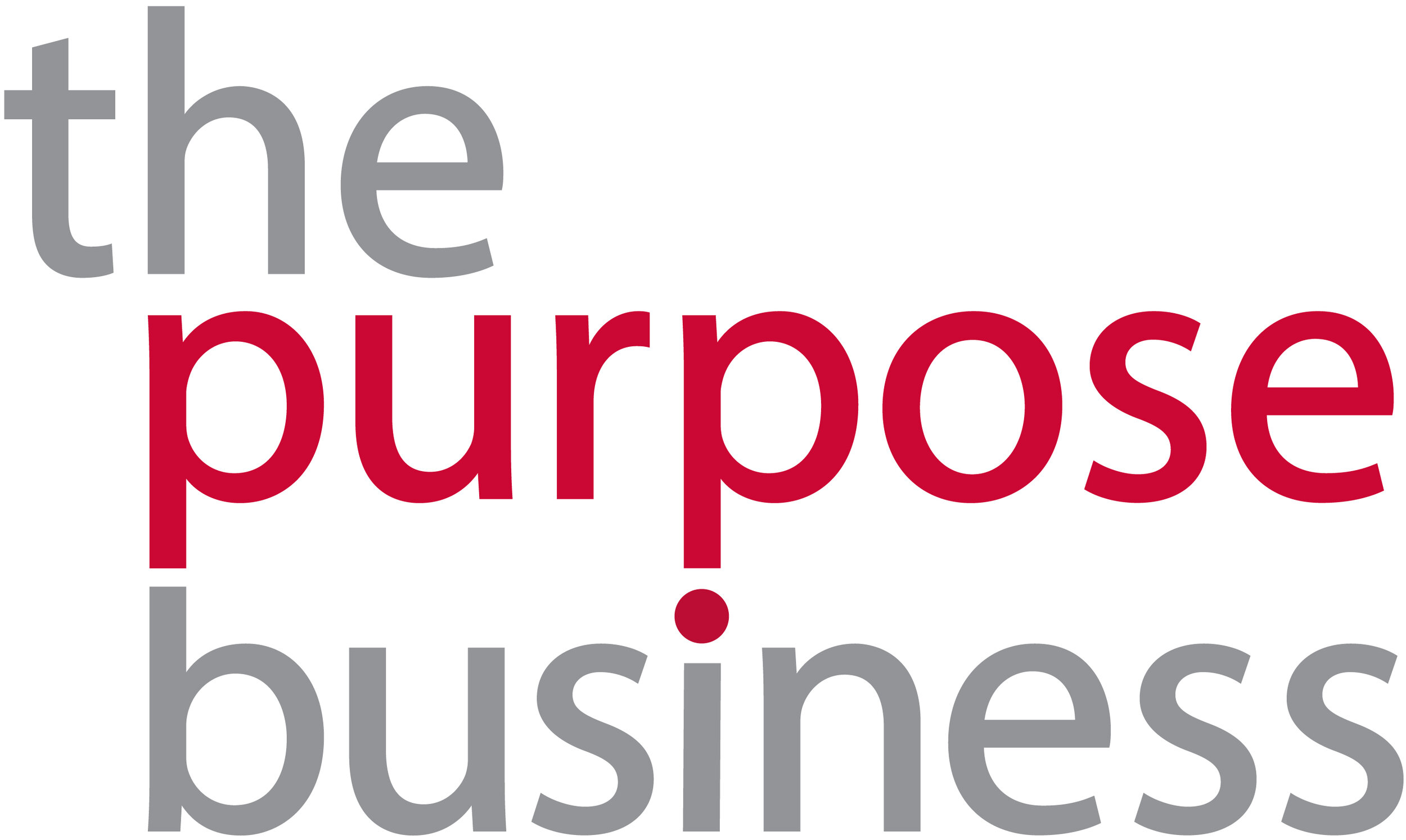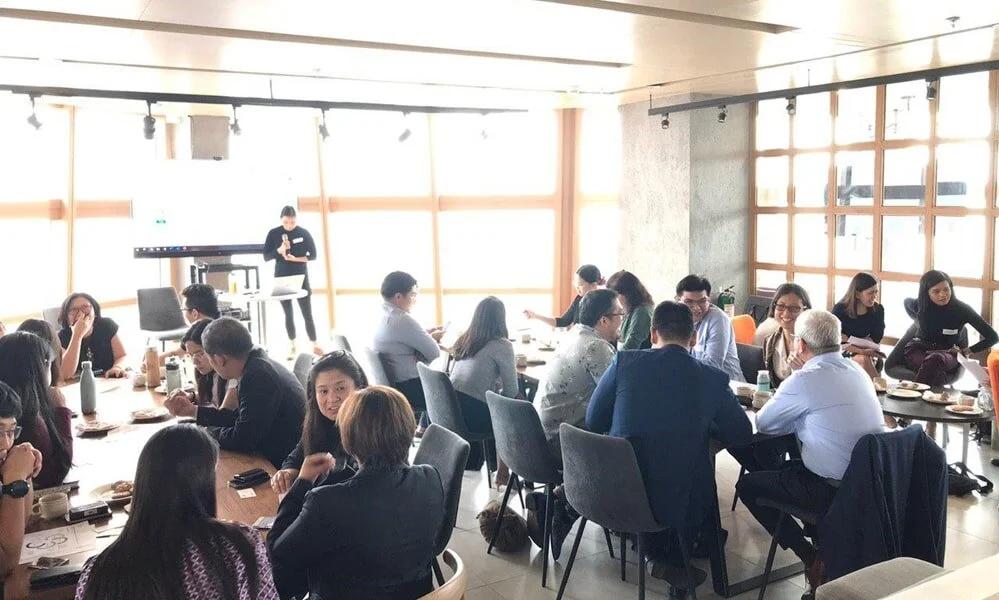Waste strategy needs systems thinking
Throughout the stages of most current businesses’ supply chains, waste generation seems inevitable, but it is not insolvable. From the procurement of raw materials, all the way up to the end of a product’s life in disposal, closing the loop beckons questions such as: which waste impacts should we focus on, how do we address them, or even, where do we begin? With a systems approach, businesses can develop and implement a waste management strategy that is suitable to the company’s operations and goals.
What happens when business leaders – key decision-makers across operations, sustainability, finance and other functions, representing a diverse pool of industries get together to investigate these issues? The answer was clear at Manila’s third Breakfast with Purpose where a passion and determination to jumpstart waste management strategy shone throughout the morning. The workshop looked at the issue of waste in the Philippines with a wider lens and deeper understanding of the problem. TPB’s waste wheel served as the overarching framework to help make waste management more manageable. As one of the participants shared, “You need to think of waste up to the household level. It’s difficult but what you can do is to scope and see which waste impacts you can really control.”
We need a systems approach
Waste seems to be an optics problem – we don’t want to see it. It’s tempting to think that once it’s out of a company’s hands, we think it solved. “But waste management does not end with disposal,” said TPB’s Founder and Director Pat Dwyer, as the problem extends to the landfill and worse, to the ocean. Mitigating these negative externalities when it comes to waste management calls for a shift in perspective. As the Filipino saying goes, “May pera sa basura,” (“There’s money in trash”) so from viewing it as something to be thrown away to something that can go back into their operations poses an opportunity to innovate and collaborate.
Tackling waste is a company-wide effort that requires bridging silos and thinking of the whole. Waste management goes beyond removing what’s visible like plastic straws and single-use cups at the consumer level. It encompasses all departments; for operations to reduce waste in production, for procurement to make a positive impact on suppliers, marketing to communicate their company’s story, and investor relations teams to understand what it means to disclose these ESG issues to potential investors.
Beyond the organisation, it is a call for collaboration. This Breakfast with Purpose opened up the conversations needed to address this on a systemic level, with different businesses working together to understand how waste can be solved comprehensively. This also includes partnerships across industries, with NGOs, and the public sector for a nationwide system to come into fruition. While the Philippines has progressive policies like Republic Act No. 9003 (Solid Waste Management Act), and many companies are already incorporating waste management into their business strategy, there are still gaps to be filled and opportunities to be taken.
“The ‘how’ in waste management starts with a change in culture. It starts with you. You have to allow yourself these small steps.”
– Ny-Ann Nolasco, Sustainability Advisor
Confronting waste means having a strategy
“The ‘how’ in waste management starts with a change in culture. It starts with you. You have to allow yourself these small steps,” says TPB Sustainability Advisor Ny-Ann Nolasco. It can take one person to start a ripple effect, whether it’s recycling all paper waste in the office or going zero waste on corporate events. One audience member shared during the breakfast’s Q&A portion, “When you take a sustainability initiative, it’s no different from introducing new innovations, a new product, or new technology. It’s about changing mindsets.”
Metrics and changes in behaviour must not be underestimated, and these must fit into the overall waste management strategy. Getting everyone on board is a powerful tool to amplifying a strategy that works for your operations. This demands strong leadership to map out the waste impacts in each circle in the wheel.
Building an effective waste management strategy starts with changing the way we view waste and embedding that into company culture. Pat emphasized, “Waste is nothing but a mismanaged resource.” Janice Lao, Director of Group Corporate Responsibility and Sustainability for Hongkong and Shanghai Hotels, Limited shared this same approach with the guests. For instance, HSH has partnered up with Philippines-based social enterprise, Anthill Fabric Gallery, to upcycle old textiles using onion skins from their restaurants as dye. HSH also worked with TPB in transitioning away from single-use plastic and underscored the importance of training their staff to properly implement their strategy.
Mayor of Odiongan, Romblon, Trina Firmalo-Fabic shared the focus of the public sector on waste collection – particularly with establishing a base model for a Materials Recovery Facilities to scale up and the need to incorporate waste management into the education system to teach proper segregation and sustainable consumer habits. The waste landscape in the Philippines, where 52% of the waste produced is organic, opens a window for businesses, the government, and nonprofit organizations to collaborate to address this.
The opportunity here is to define your waste impacts, activate your employees, and develop partnerships with external organizations, to craft a waste management strategy that fits in the system.





